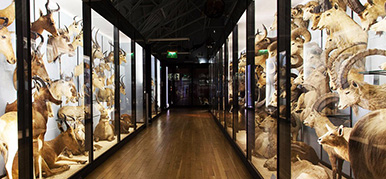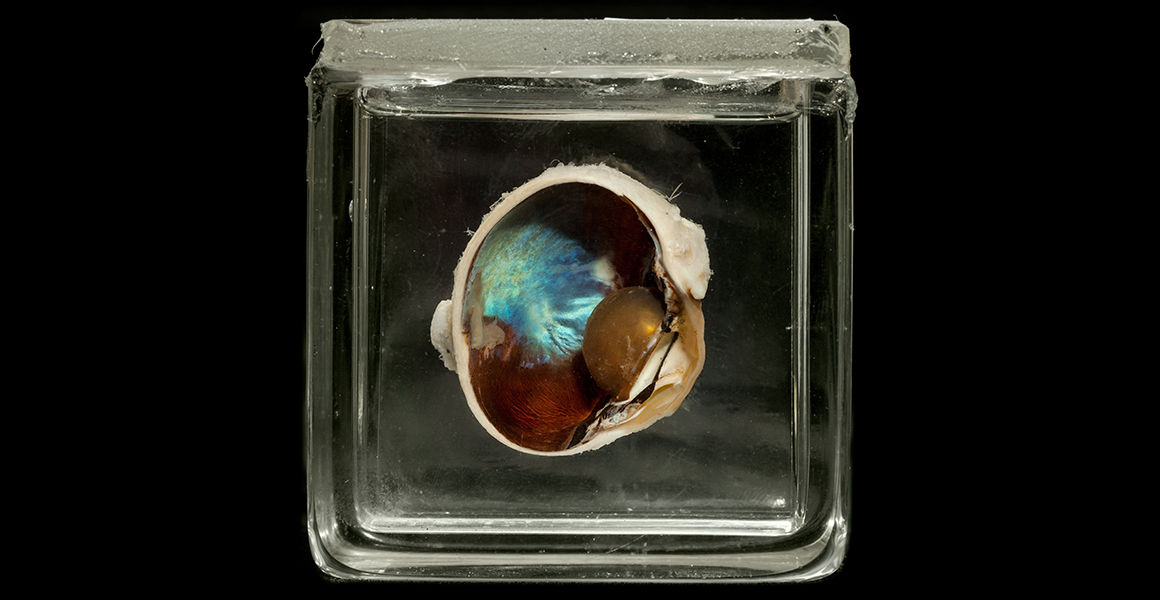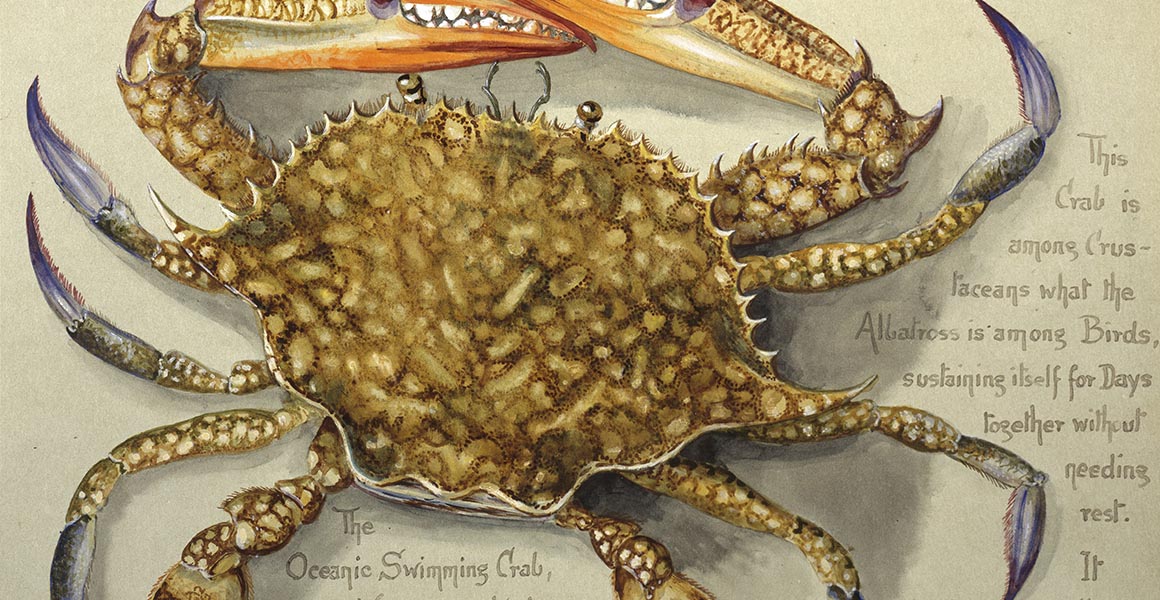The art of taxidermy has become fashionable again in recent years. But it has always been scientifically useful.
Hein van Grouw, Senior Curator and expert taxidermist, shows us how bird taxidermy specimens are prepared for the Museum collection.
Warning: This video contains footage that some viewers may find upsetting.
The Museum cares for nearly 750,000 bird skin specimens, representing about 95% of the world's surviving bird species, as well as many now-extinct species. They are housed in the Museum at Tring, which is also where our bird curators and researchers are based.
Adding to a valuable resource
Although most of the bird skins date from the 1800s and 1900s, new unprepared specimens - such as the one in the video - are periodically donated to the Museum by birdwatchers.
Hein explains the value of having multiple specimens of the same species:
'Like humans, individual birds look different, with slightly different colours and patterns. And these patterns may vary over time.
'The subtle colours of the corncrake, for example, have evolved to make the bird invisible in its natural habitat.
'The corncrakes from 200 years ago might be slightly different from corncrakes around today, or 50 years from now. We, and future scientists, can learn about that because the colour of the preserved feathers doesn't change over the years. The specimens are waiting in a drawer to be looked at.'
Pose with a purpose
Unlike mounted birds that are displayed in Museum galleries, which are placed in a variety of lifelike poses, the bird skins like the one Hein is preparing in this video have a standard pose. They are prepared to resemble a freshly dead bird, lying in a flat position. This makes it easy to handle and store them, and to see all the characteristics.





Don't miss a thing
Receive email updates about our news, science, exhibitions, events, products, services and fundraising activities. We may occasionally include third-party content from our corporate partners and other museums. We will not share your personal details with these third parties. You must be over the age of 13. Privacy notice.
Follow us on social media